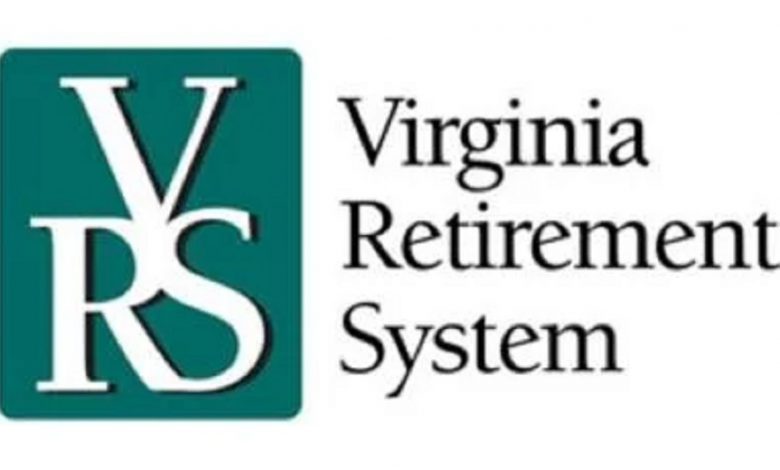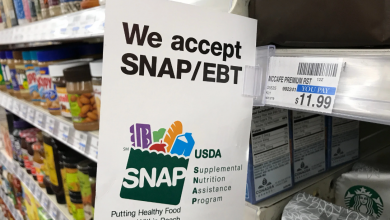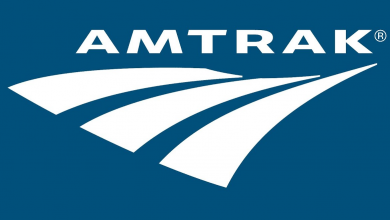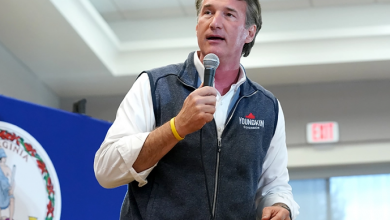Diversifying investments brought 0.6% return for VRS

RICHMOND — In a difficult market for indexed stocks and bonds, the Virginia Retirement System’s approach of diversifying its assets paid off with a 0.6% return in the last year.
Using gains from private stocks and real assets to make up for losses in public stocks and fixed income investments, the $101.2 billion retirement trust fund estimated that it did 10% better than passively managed, index investments in the fiscal year that ended on June 30.
Kent Engelke, chief economic strategist at Capital Securities Management in Richmond, commended VRS for its diversification. “It’s really great. Accolades to them. They’ve been vindicated.”
The rate of return was significantly lower than the 6.75 percent assumed rate of return used by the retirement system to calculate contribution rates for state and local government employers.However, VRS reported that its investments outperformed the measure over the long term—three, five, and ten years.
Chief Investment Officer Ronald D. Schmitz, who will retire at the end of the year, said, “We registered a positive return by following VRS’ long-term strategy of diversification while taking advantage of strong private markets.”
Schmitz recognized that the system’s return on investment, which pays for the majority of retirement payments, was “muted” compared to the record 27.5% it achieved in the fiscal year that concluded in mid-2021. The value of the fund decreased by $5 billion between the end of March and the end of June.
Still, he said that the VRS total fund “outperformed passively managed stock and bond indices by over 10 percent” by using an internal investment team that actively manages about a third of the system’s entire portfolio.
According to Engelke of Capitol Securities, investors have become too reliant on large returns from passively managed index funds for stocks and bonds.
“Your more active strategy, like the VRS, is going to continue to outperform because they’re not doing what everybody else is doing,” he said.
VRS surpassed expectations mainly as a result of its investments in private stocks, which increased by 27.4%; real assets, which increased by 21.7%; and private investment partnerships, which increased by 17%. These gains compensated for a 14.8% decline in returns from public stocks and a 10.6% decline in returns from fixed income assets, such as bonds.
The retirement system’s diversified investment portfolio includes $29.9 billion in public equity, $12.9 billion in fixed income, $14.5 billion in credit strategies, $15.1 billion in real assets, $19.0 billion in private equity, $2.6 billion in private investment partnerships, and $3.6 billion in public strategies.
The VRS has 751,471 active or retired members, including state workers, teachers, and people who work for local governments. This makes it the seventeenth largest public or private retirement system in the United States.
“VRS remains in a solid position to support our current and future retirees while maintaining stable contribution rates for our employers,” said VRS Board Chair A. Scott Andrews on Thursday.
“In a year scarred by inflation, war, supply chain issues and other disruptions, the VRS investment staff achieved a remarkable 6% of added value above the benchmark, which translates to hundreds of millions toward the bottom line of the VRS trust fund,” said Andrews.




